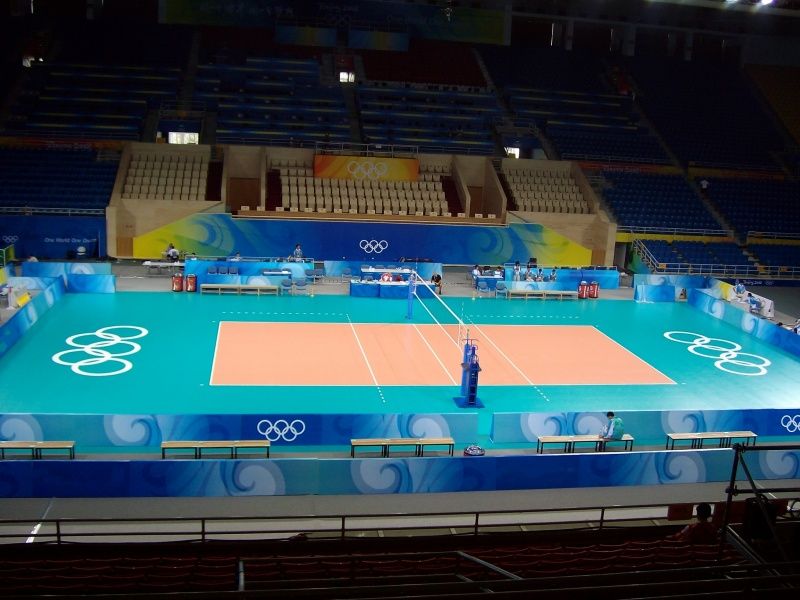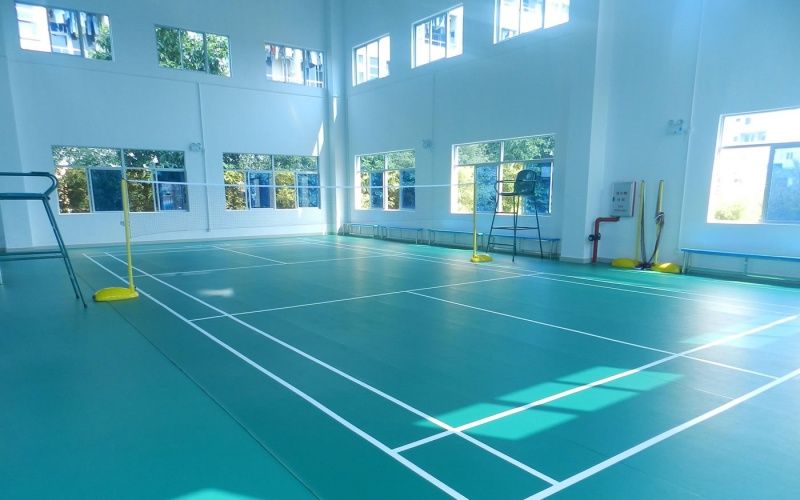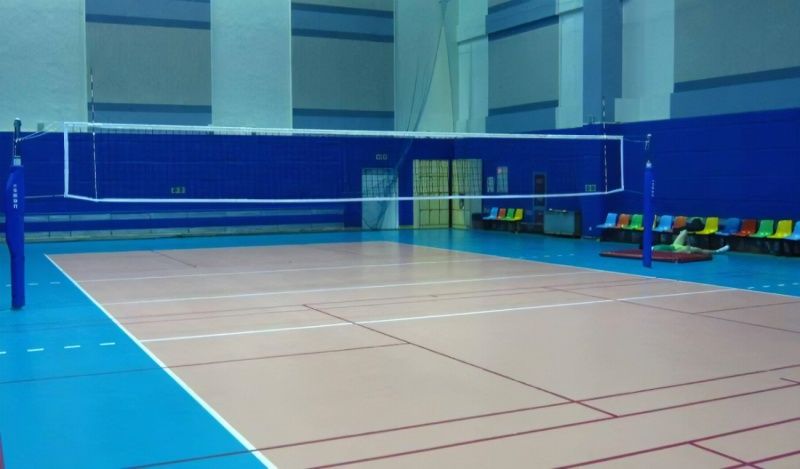Blog
The Olympic Volleyball Tournament is not only an arena for the world's best volleyball players, but also a showcase for technology and engineering. The Paris 2024 Olympic Games will be a feast for volleyball fans. Volleyball is one of the most important events of the Olympic Games, attracting top athletes from all over the world and a large number of spectators, and the 2024 Paris Olympics will be held at the Nanterre Sports Arena in Paris. This modern stadium has first-class facilities and seating for tens of thousands of spectators, providing an excellent atmosphere for the Games. Volleyball matches will be played over two weeks during the Olympic Games. The volleyball floor not only ensures the fairness of the game but also protects the safety of the athletes and provides the best playing experience. The Chinese women's volleyball team is one of the strongest teams in the world and has achieved excellent results in recent Olympic Games. With strong strength and rich experience in the competition, the Chinese women's volleyball team is expected to continue to attack the gold medal and defend its honor at the Paris 2024 Olympic Games. This paper will discuss the materials, structures, and characteristics of Olympic volleyball floors and their impact on the game and the athletes.

It is easy to underestimate this component as the choice of sports flooring is often made in the final stages of design and construction. State-of-the-art stadiums are built with the structure and finishes in mind first, and the most important factor for the quality of the game - the floor - is often considered later. The comfort and safety of athletes depend not only on the technical characteristics of the playing surface and its biomechanical properties but also on the durability of the floor itself.
The UNI EN 14904 standard "Floors for sports areas - Multi-sport indoor floors - Specification" is the European reference standard for sports floors in all indoor facilities.
The purpose of the standard is to describe which performance parameters a floor must meet to be suitable for sports use, based on different biomechanical behaviors. Examples are impact absorption / vertical deformation/coefficient of friction / bouncing load and impact resistance.
The vertical deformation, i.e. the degree to which a surface deforms when subjected to a load, depends to a large extent on the type of surface substrate.

Based on the vertical deformation, the EN 14904 standard classifies surfaces into 3 types:
Point Resilient
This category includes PVC or synthetic rubber sports floors where the deformation occurs at the point of stress. This type of flooring is the ideal solution for all levels of volleyball and, according to current regulations, can be applied in high-level competition facilities.
Resilient areas
This category includes wooden sports floors installed on a resilient base. The deformation of the surface under force affects an area larger than the point of impact. This type of flooring is an ideal solution for multi-sport facilities other than basketball or volleyball.
Composite Resilient
This type of sports floor combines an area-resilient underlay with a point-resilient finish. This type of flooring provides excellent shock absorption and superior surface versatility.
The most common flooring for indoor volleyball courts is made of either PVC or vulcanized rubber. The characteristics of each of these two types of flooring are described below.
Indoor PVC flooring is the most common choice for professional volleyball courts or high-level competitions. It is suitable for situations where high performance is required. It is also the first choice of many customers because of its cost-effectiveness and ease of installation. The biomechanical properties of PVC flooring are achieved through the combination of multiple layers, where the surface thickness and the structure of the layers are critical to its performance. The surface finish is designed to minimize the risk of friction burns and abrasion when players dive, defend, and retrieve rolling balls. The base layer is usually made of PVC foam of varying densities to ensure a quick response to impacts of varying intensity, thus protecting the player from injury. Depending on whether a temporary solution is required at the time of installation, PVC sports flooring can be installed either by adhering the surface to the floor base (fixed solution) or by using adhesive tape (mobile solution).
 Vulcanized rubber
Vulcanized rubber
Vulcanized rubber sports floors are suitable for high-intensity volleyball courts and are the ideal solution for schools, multi-sports, or indoor recreational facilities. The resilient underlay ensures the correct biomechanical response and shock absorption, while the surface treatment ensures that the correct grip is maintained during play. However, poor-quality vulcanized rubber has a strong odor which is the main reason why many customers do not choose it. Good quality vulcanized rubber has no odor, but at the same time is expensive. This is the reason why it is not as widely used as PVC flooring.
The advantage of Farfly PVC is that the cost is cheaper than vulcanized rubber flooring, making it more suitable for projects with a limited budget. It is easier to install and can be glued or buckled, reducing the need to rely on professional installation.PVC flooring has a smoother surface, making it relatively simple to clean and maintain. Simply sweep and wipe. And PVC flooring is very wear-resistant, very suitable for the Olympic Games competition of high traffic areas. The 2024 Paris Olympic Games venues are used by the very PVC floor. Here's wishing the Chinese women's volleyball team another brilliant year and a gold medal.
For more details, please visit:FARFLY
Add : No.5 Huaqing Intelligent Park, Huishan District, Wuxi, Jiangsu, China
Copyright © 2025 WUXI TEFA DECORATION MATERIAL CO., LTD. All Rights Reserved.
Sitemap | Blog | Xml | Privacy Policy
 Network Supported
Network Supported